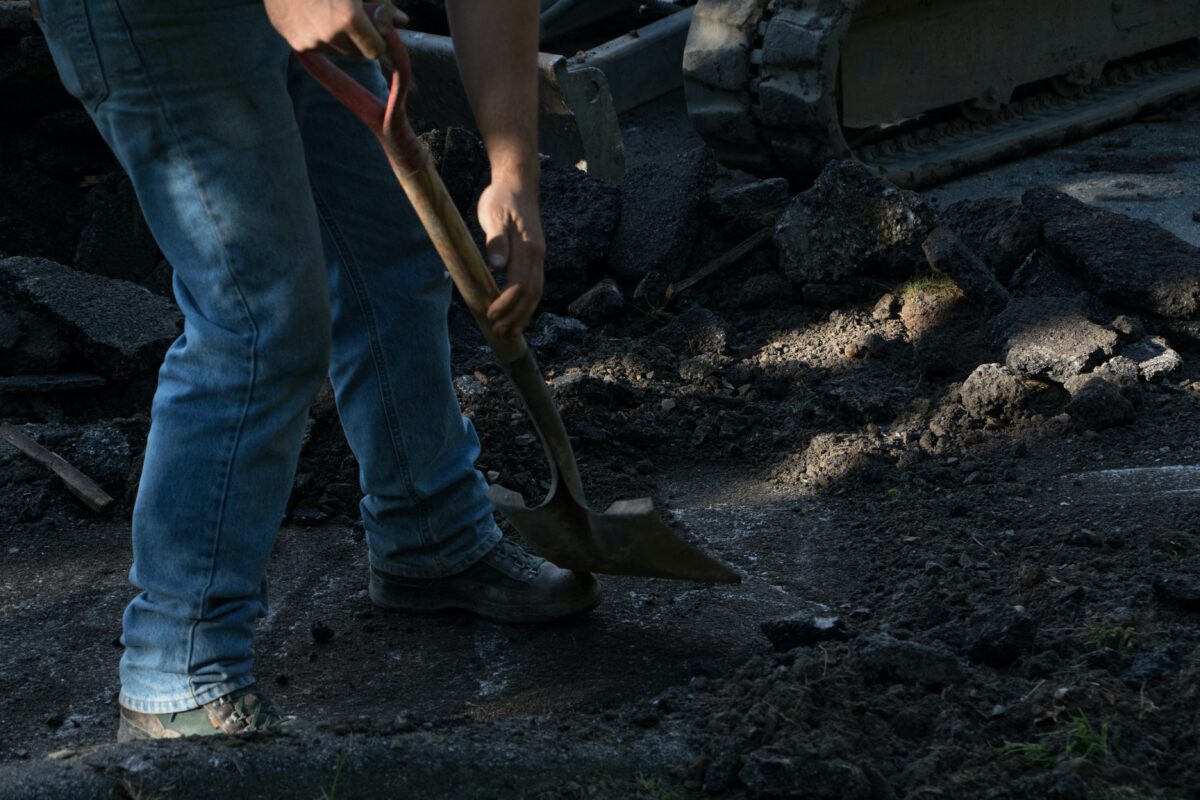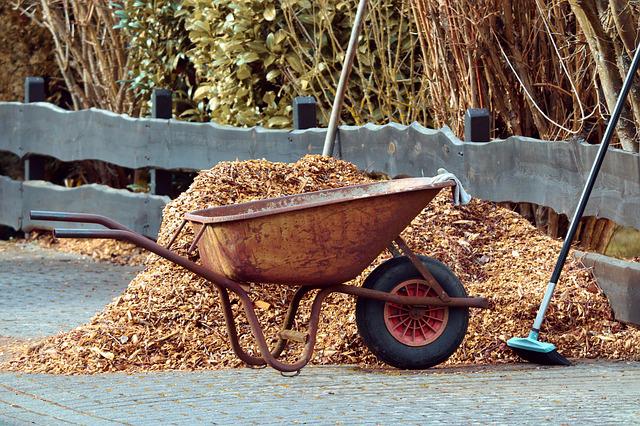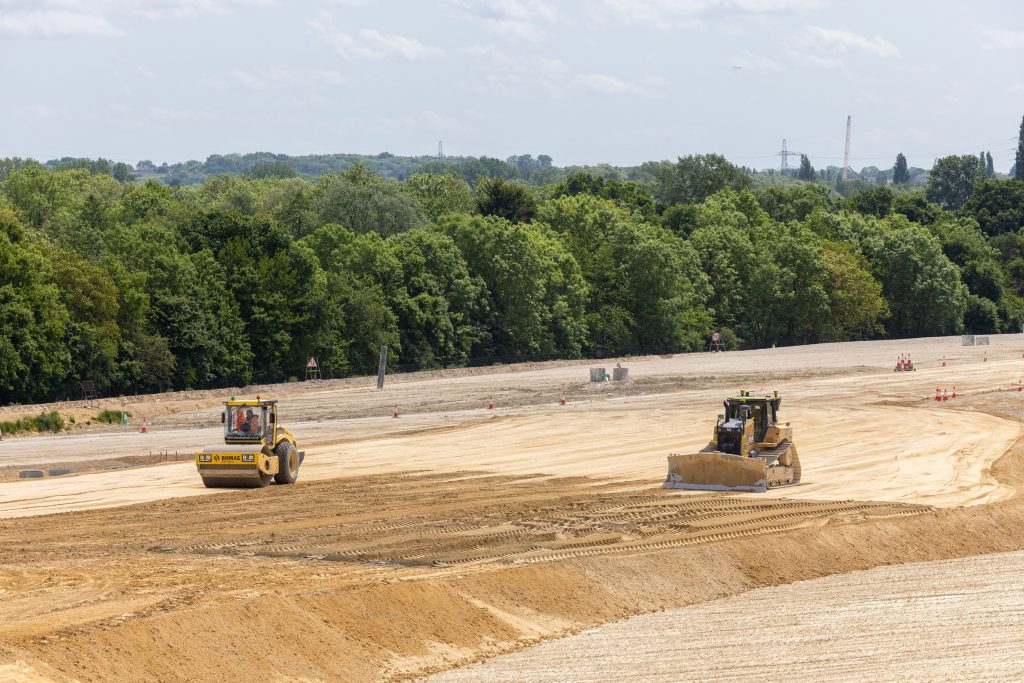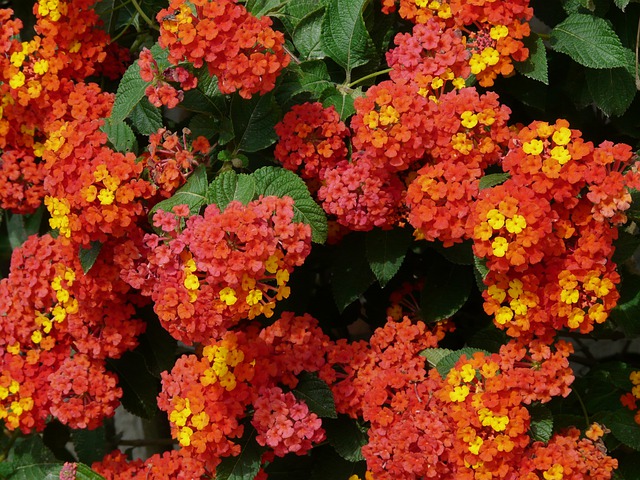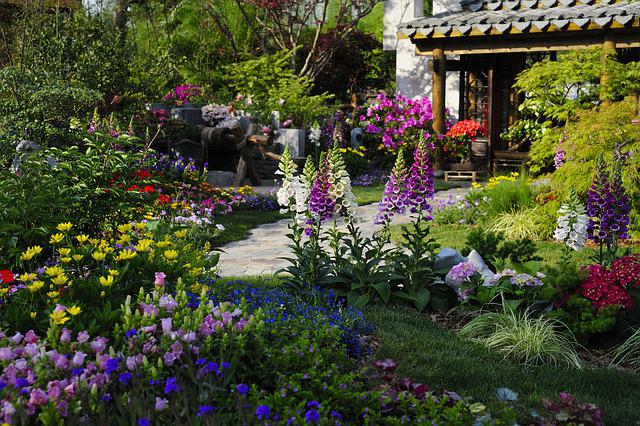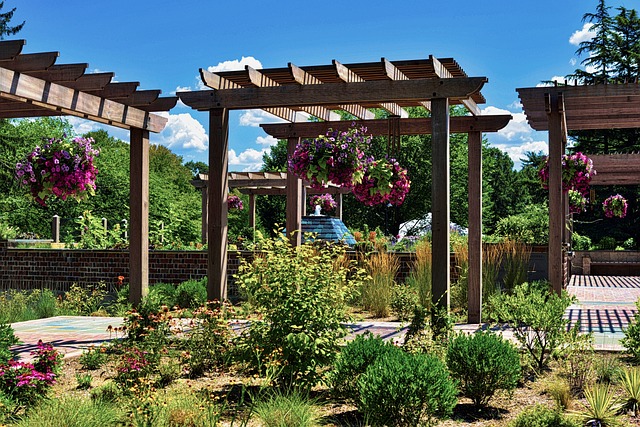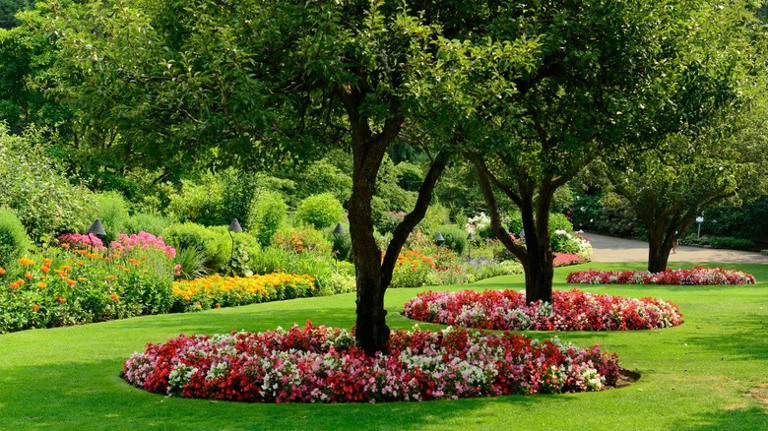The first thing to understand about low-maintenance landscape is that the term doesn’t mean no maintenance. There will still be garden tasks to perform, but the time spent will be much less than in a traditional landscape model. Low maintenance landscapes don’t have to be an all or nothing decision. It’s entirely possible to incorporate various elements into an existing environment. There are multiple components that can be selected for a low-maintenance landscape that include the following.
Artificial Turf
Made of synthetic fibers, artificial turf withstands high foot traffic and feels like real grass. It doesn’t require fertilizer, watering, or insect control Best of all, it eliminates mowing.
Evergreens
They don’t drop copious amounts of leaves that have to be raked. Evergreens are available as trees and bushes in a variety of textures and color gradations.
Gravel and Rocks
Both elements can be used to create paths and walkways The materials can also be utilized as a ground cover, mulch to reduce weeds, or borders for flowerbeds.
Ground Covers
There are dozens of plant-based ground covers from which to choose and many have blossoms that can attract pollinators. They’re great for slopes, minimizing erosion and are effective for controlling weed growth.
Hardscape Options
These are non-plant items in the landscape ranging from statuary, firepits and patios to pergolas, water features and walkways. Simply install them and leave them alone.
Ornamental Grass
They can add interest to the environment and are a good choice for minimizing erosion. The seeds provide food and a source of nesting materials for birds. Flowering varieties attract pollinators.
Perennial Plants
It’s a good idea to start with native plants that are already adapted to the South Florida climate and thrive in the local conditions. They’re more resistant to disease and insect pests. They encompass a wide range of colors, textures and heights. Perennials return every year with no effort on the part of gardeners.
Contact RCH Landscaping Today for a Free Estimate

